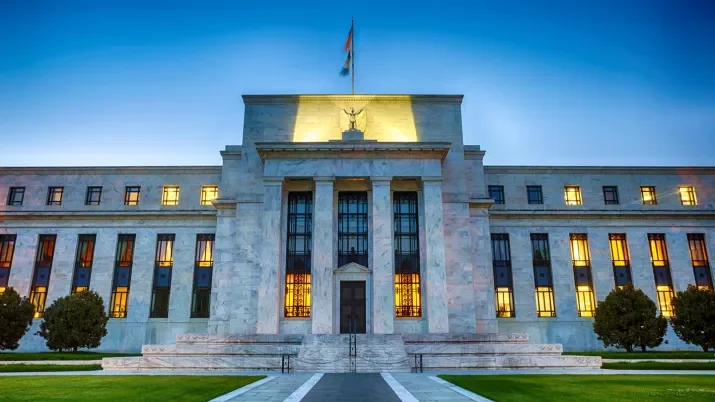UST Issuance Could Hold Key to Length of the Cycle
A question we have been getting more frequently for from clients in recent weeks concerns US Treasuries, and more specifically how the level of UST issuance (and where along the maturity curve it arrives) will impact yields both in the rates market and further afield in the coming months.
Fundamentals still look supportive for risk, but the current credit cycle is the second longest in history, naturally leading investors to question when the end will come, and how hard the downturn will be when it does. With the Fed in the middle of a tightening phase and the credit cycle edging towards full maturity, it is prudent for investors to adopt a more balanced portfolio allocation to reflect this ‘transitional’ phase.
The obvious balanced portfolio would consist of a mix of credit (preferably short duration) and liquid government bonds (most notably USTs). Typically, USTs exhibit negative correlation to credit bonds, so theoretically the investor has a benign mix of securities that protects them from the heightened volatility associated with transitional periods in the market.
However, at the moment investors are faced with additional challenges. Geopolitical events have increased the flight to safety trade, which in turn has artificially led to lower than expected yields in longer dated UST bonds and a flatter curve. Counteracting this has been the US government, which has introduced a number of stimuli to the economy (tax cuts and increased spending on military and infrastructure) that require higher government borrowing (read UST issuance) just as the Fed are easing back on the remnants of its quantitative easing (QE) programme.
The net result is greater issuance of UST bonds. However, with the Fed still hiking and the trade tariffs introduced by the Trump administration potentially stoking inflation (not to mention antagonising foreign Treasury buyers), investors are right to question whether USTs will offer the negative correlation given current conditions.
The sheer volume of UST issuance is therefore a big challenge for investors, and a key factor when it comes to allocation in portfolio construction. To put it in context the US Treasury is expected to issue around $1.4tr of net debt in 2019, almost comparable to the record $1.8tr they raised in 2009 during the depths of the global credit crisis. As of September 30, the Treasury had issued a net $769bn in 2018, but there are still three more 10-year auctions planned before year-end, in addition to two 30-year auctions, three five-year auctions and two seven-year auctions, not to mention all the T-bill and two-year issuance on the calendar. When compared to full year net issuance of $537bn in 2017, $697bn in 2016 and $684bn in 2015, it is clear the momentum of US deficit growth is picking up. This is likely to weigh on investor appetite and could result in UST yields moving higher than currently anticipated, and it is one of the reasons the very short end of the UST curve looks the best place to be for now.
Of course, the ramifications of higher UST yields are felt beyond sovereign bond investors. Corporate and bank debt is priced over and above the ‘risk-free’ rate and the increased cost of borrowing filters all the way down to the consumer. Corporate credit spreads at their current tight levels look far less convincing when the underlying government bonds offer a positive risk-free yield for investors, which is particularly pertinent at this late stage of the cycle.
The entire spectrum of fixed income is interconnected, with UST being the key element. We need greater clarity over the scale of debt issuance that will be tolerated by the US government, and in this regard the mid-term elections will play a role. The mid-terms will impact plans for future government spending and tax cuts, which obviously determines future borrowing and, in turn, UST issuance. In addition, investors need greater clarity regarding the various geopolitical events currently dominating the news. These factors combined will help determine the longevity of the current credit cycle, and only when we have more certainty around them would we feel compelled to see moving further out along the UST maturity curve as a good move.



